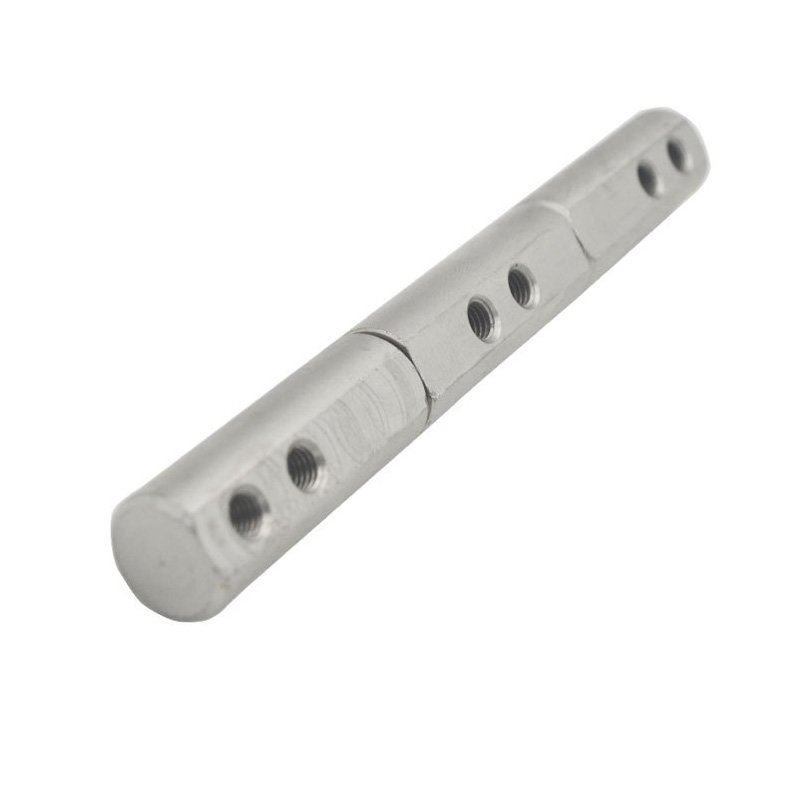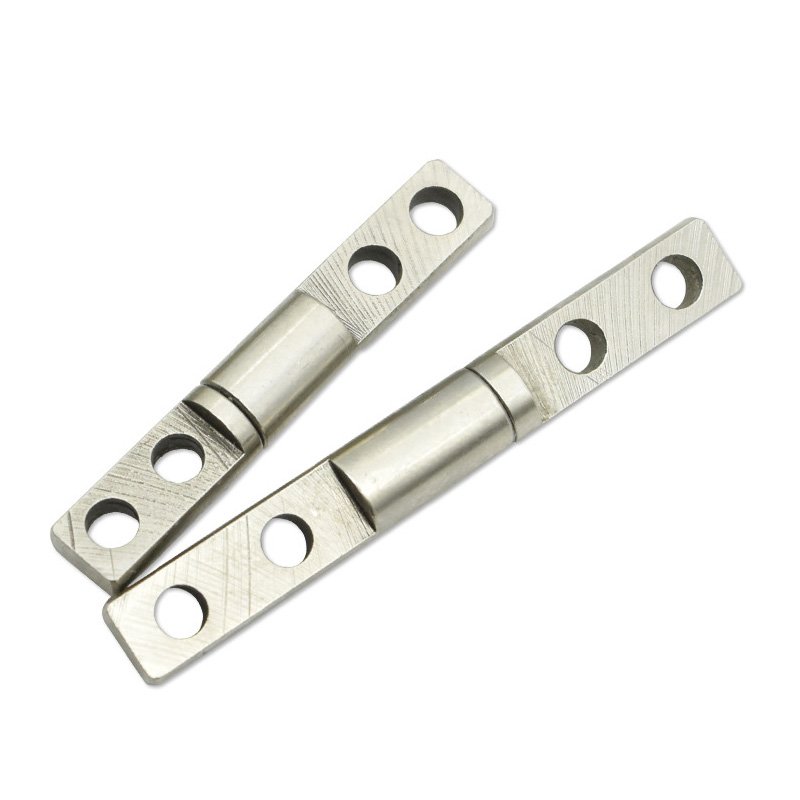A shaft is a critical mechanical component designed to transmit torque and withstand bending moments in rotating systems. Commonly used as an axle for bearings, pulleys, or rollers, shafts ensure precise motion control across industries ranging from semiconductor manufacturing to automotive engineering. This article explores the design, materials, and applications of shafts, with a focus on technical specifications and industrial relevance.
Classification and Design Variations
Shafts are categorized based on structural features:
- Straight Shafts: Simple cylindrical rods for basic rotational needs.
- Stepped Shafts: Include single or dual shoulder features (e.g., MBK12-D6-L150-E20-P5-M3-N3-K0) to accommodate bearings or gears.
- Keyway Shafts: Integrate key slots for torque transmission in synchronized systems.
- Drive Shafts: Optimized for high-torque applications like automotive transmissions.

Material Selection and Surface Treatments
Material choice directly impacts performance:
- S45C (JIS G4051): A medium-carbon steel offering balanced strength and machinability.
- SUS304 (AISI 304): Austenitic stainless steel for corrosion resistance in food processing or medical devices.
- SCM435 (JIS G4105): Chromium-molybdenum alloy steel, heat-treated for high tensile strength.
Surface treatments enhance durability:
- Black Oxide Coating: Reduces friction and prevents rust in industrial environments.
- Non-electrolytic Nickel Plating: Provides uniform corrosion resistance without hydrogen embrittlement.
- Fine Sandblasting: Improves surface finish for precision assemblies.
Tolerance Standards and Manufacturing
Shafts demand tight dimensional control:
- ISO Tolerance Grades: Common fits include g6, h7, and h9, with tolerances as narrow as -0.004 mm for diameters under 6 mm.
- Thread Specifications: Metric threads (e.g., M3) ensure compatibility with global standards.
For example, the MBK12 series combines h7/h8 tolerances with S45C steel, ideal for robotics and automation systems requiring micron-level precision.
Industry Applications
Products enable motion in diverse sectors:
- Automotive: Drive shafts, steering columns, and transmission components.
- Semiconductor: Precision rollers for wafer handling systems.
- Consumer Electronics: Hinges for foldable smartphones (e.g., flip phones, rotating laptop screens).
- Industrial Automation: Synchronized belt drives in CNC wire-stripping machines.
A case study highlights the use of SUS304 shafts in smart home devices, such as adjustable LED desk lamps, where corrosion resistance and smooth rotation are critical.
Customization and Selection Guide
Selecting the right shaft involves:
- Code Identification: Match requirements to standardized codes (e.g., MBK12 for stepped shafts).
- Diameter/Length: Specify D (outer diameter) and L (length) based on load capacity.
- Surface Finish: Prioritize coatings like nickel plating for humid or corrosive environments.
For instance, the configuration MBK12-D6-L150-E20-P5-M3-N3-K0 denotes a 6 mm diameter shaft with 150 mm length, 20 mm shoulder, and M3 threading, tailored for compact robotic joints.
Innovations and Future Trends
Emerging applications include drones and wearable medical devices, where lightweight SCM435 shafts reduce inertia while maintaining strength. Advances in additive manufacturing now allow complex geometries, such as hollow shafts for weight-sensitive aerospace systems.
Conclusion
From automotive drivetrains to micro-adjustments in smart locks, shafts remain indispensable in mechanical design. By leveraging materials like S45C, SUS304, and SCM435 alongside precision tolerances, manufacturers ensure reliability in even the most demanding environments.







